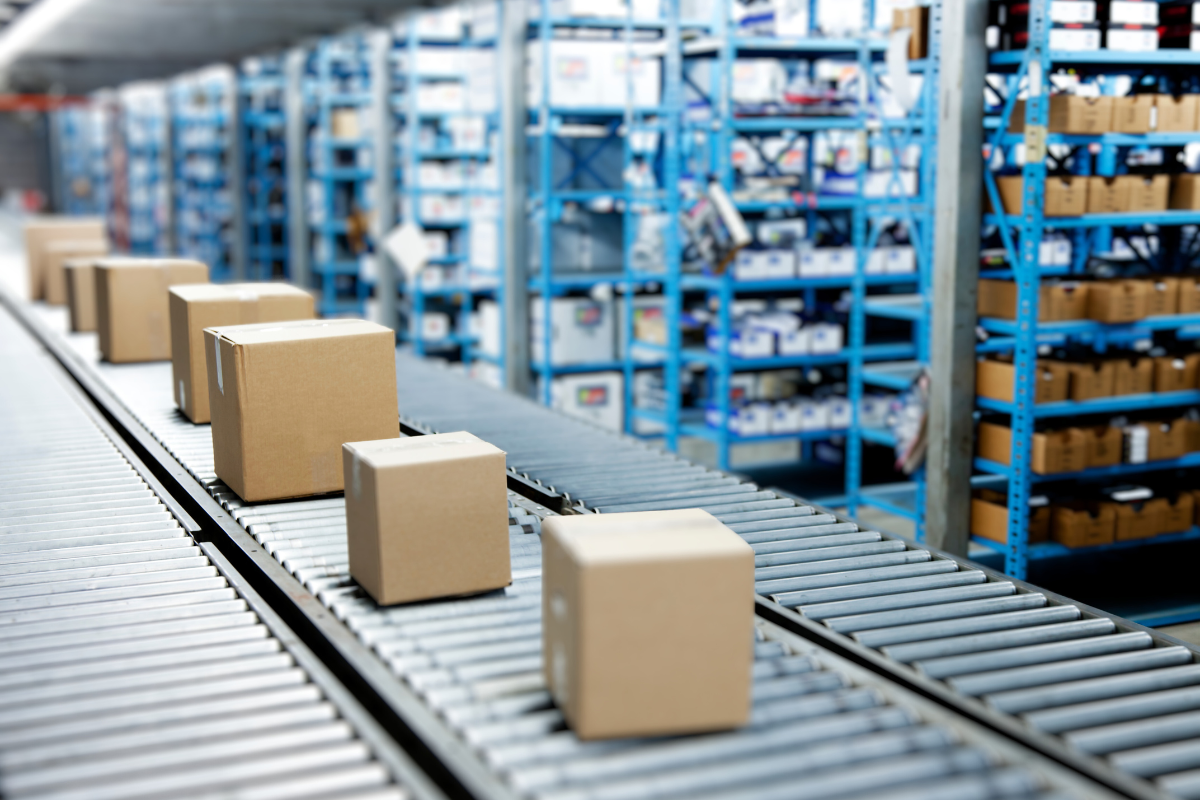How to Determine When You Need to Change Your Conveyor Belt

Proper maintenance of conveyor belts is not just about prolonging the life of the belt, but also about maintaining efficiency and safety in your operations. Today, we’re discussing a crucial aspect of conveyor system upkeep: recognising when it’s time to replace your conveyor belt.
Signs of Wear and Tear
One of the first indicators that your conveyor belt needs attention is visible wear and tear. Physical signs such as fraying edges, cracks, splits, or a noticeable thinning of the belt material are clear warnings. These defects can compromise the integrity of the belt and lead to operational failures, which in some cases could be hazardous. It’s vital to address these signs immediately to prevent further damage and potential downtime.
Performance Issues
Performance degradation can also signal that a belt needs replacing. Issues such as belt slippage, misalignment, or irregular speed can suggest underlying problems like stretched or worn belts. These performance issues not only affect the efficiency of your conveyor system but can also lead to inconsistent product handling or damage, impacting overall productivity.
Age and Usage Considerations
The lifespan of a conveyor belt depends significantly on its usage and the environment in which it operates. High temperatures, abrasive materials, and continuous operation can accelerate wear. Most manufacturers provide a guideline for belt lifespan under typical operating conditions, but actual wear can vary. Regular inspections and monitoring can help predict when replacement is necessary based on usage rather than just age.
Technological Advances
Advancements in conveyor belt technology and materials might also prompt a belt change sooner than expected. If new belt materials or designs can significantly improve performance or reduce maintenance needs, upgrading could be beneficial. We continually innovate our product range to include belts that offer superior durability, efficiency, and safety.
Maintenance Tips
Extending the life of your conveyor belt starts with proper maintenance. Routine checks for alignment, tension, and overall condition are essential. Regular cleaning to remove debris and adhered materials can also prevent premature wear and tear.
In conclusion, timely replacement of your conveyor belt is crucial for maintaining the efficiency and safety of your operation. Ignoring the signs of wear can lead to operational disruptions and unsafe working conditions. If you’re unsure about the condition of your belt or need more information on our innovative conveyor solutions, don’t hesitate to reach out to our experts!
